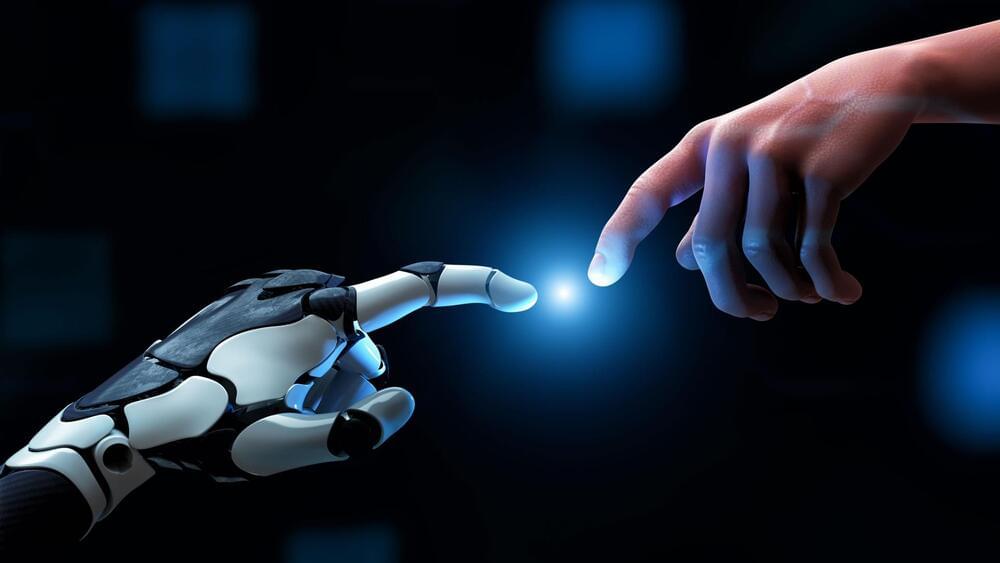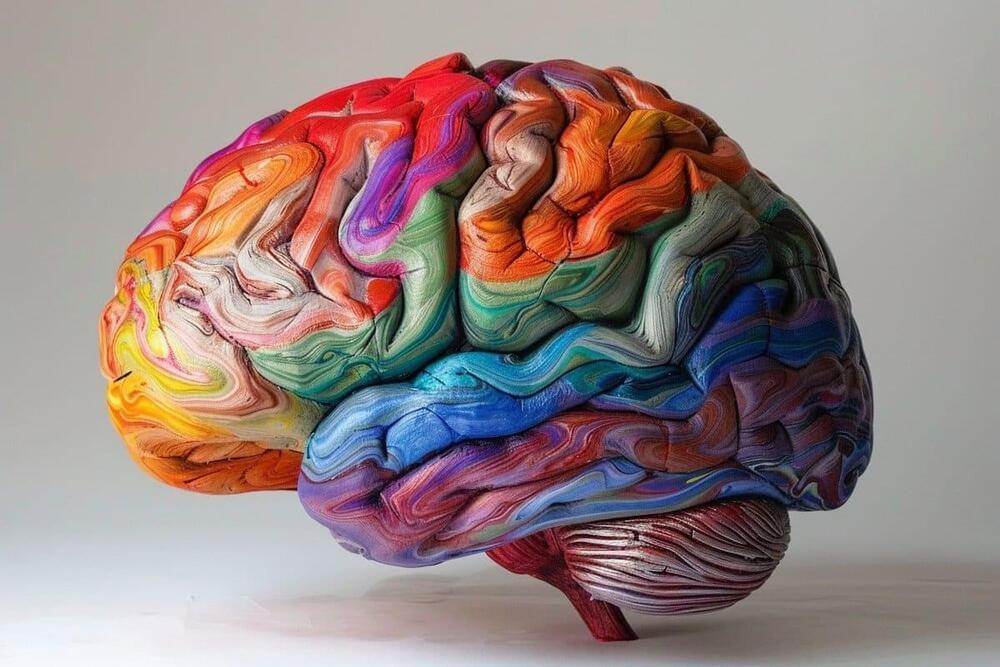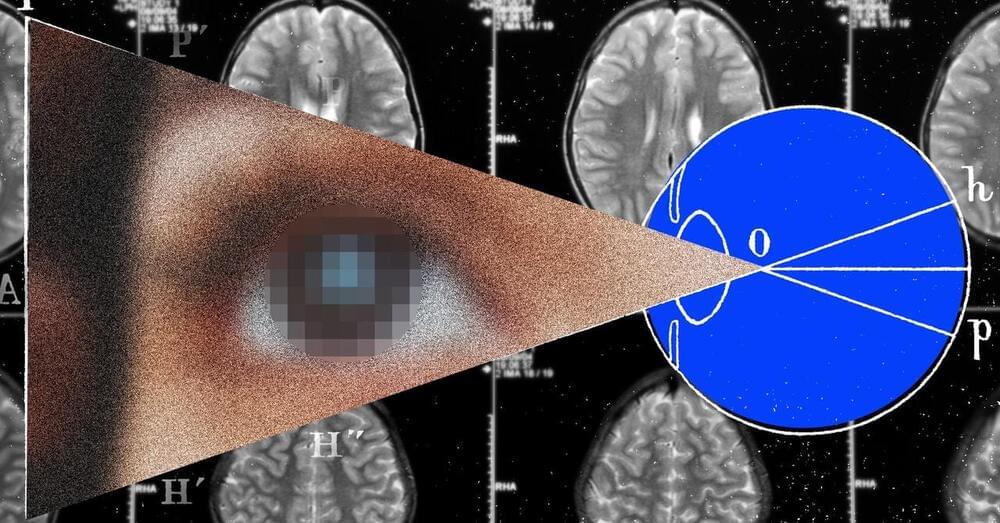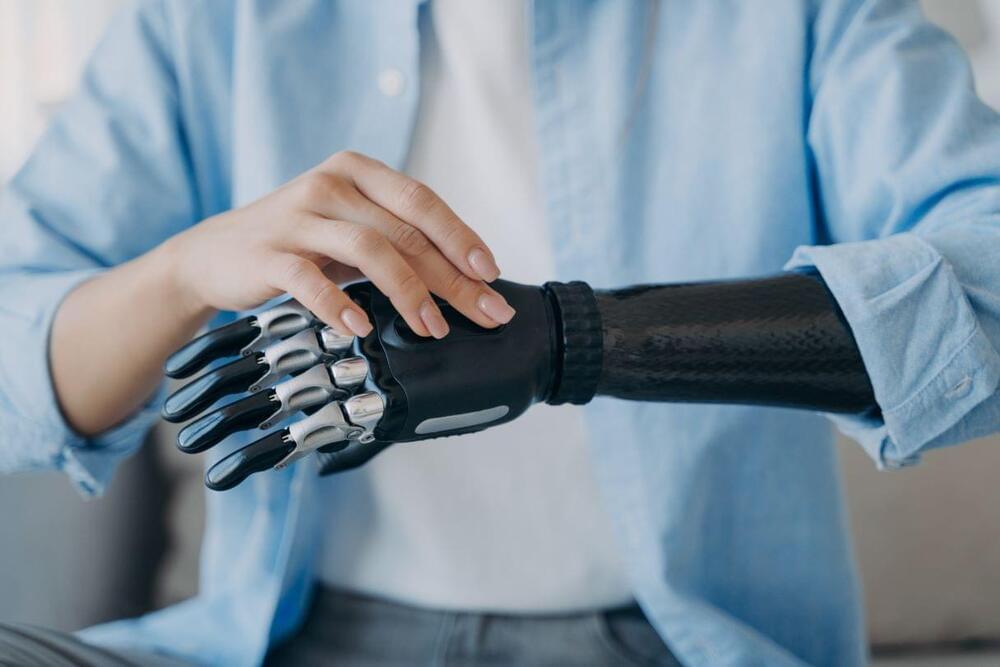May 17, 2024
Scientists develop a soft robot that mimics a spider’s leg
Posted by Shailesh Prasad in categories: biotech/medical, cyborgs, robotics/AI
In organisms, fluid is what binds the organs, the blood vessels and the musculoskeletal system as a whole. For example, hemolymph, a blood-like fluid in a spider’s body, enables muscle activation and exoskeleton flexibility. It was the cucumber spider inhabiting Estonia that inspired scientists to create a complex soft robot, where soft and rigid parts are made to work together and are connected by a liquid.
According to Indrek Must, Associate Professor of Soft Robotics, the designed soft robot is based on real reason. “Broadly speaking, our goal is to build systems from both natural and artificial materials that are as effective as in wildlife. The robotic leg could touch delicate objects and move in the same complex environments as a living spider,” he explains.
In a research paper published in the journal Advanced Functional Materials, the researchers show how a robotic foot touches a primrose stamen, spider web, and pollen grain. This demonstrates the soft robot’s ability to interact with very small and delicate structures without damaging them.

















